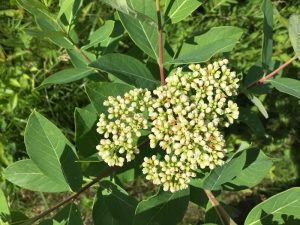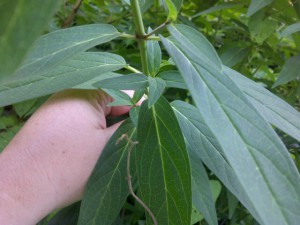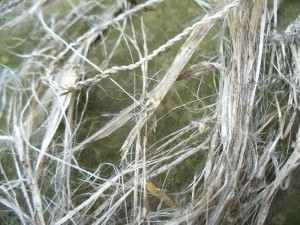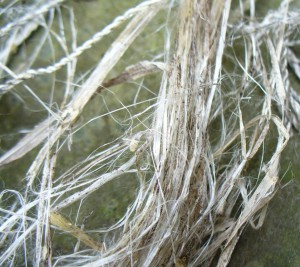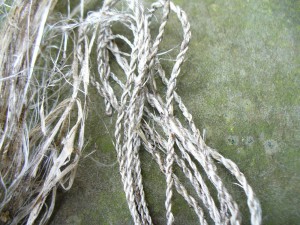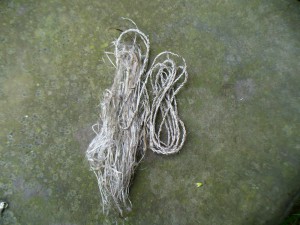In my Fiber Fiber Everywhere post back in April, I noted that there are fiber plants all over the place where I live in Western Massachusetts. Recently I noticed a new one!
On June 26th, while walking along the dike in Hadley, I noticed a potential fiber plant that I had never noticed there before. I am pretty sure it’s Apocynum cannabinum, sometimes called common dogbane, hemp dogbane, or Indian hemp. The UMass Extension website has some helpful information for identification here. If I turn out to be wrong I will let you know. It is possible that some of the fibers I’ve seen on the trail by the river are from old dogbane stalks, and I just never realized it before.
Here’s a view of the whole plant in situ:


